How our SN 10 scientists have responded to tumultuous times

KATTY HUERTAS
Each year since 2015, Science News has featured the work of outstanding early- and mid-career scientists in our SN 10: Scientists to Watch list. They’re nominated by Nobel laureates and members of the National Academy of Sciences, and are recognized because of their curiosity, passion, determination and, of course, their discoveries.
But we decided that 2021 begs for something different. The coronavirus pandemic continues to rage worldwide, with its burdens falling hardest on those least able to bear them — inequities already on our minds due to Black Lives Matter, #MeToo and other social movements. At the same time, we’re learning that the window to reverse some of climate change’s most devastating effects is closing fast. With all the upheaval, we wondered: How do these extraordinary times change a scientist’s work?
Here, we catch up with 10 noteworthy Scientists to Watch alumni. Emily Fischer, who studies wildfire smoke, has faced the threat of fires firsthand, cognitive neuroscientist Jessica Cantlon is fighting sexual harassment in the sciences and economist Parag Pathak is taking his efforts to make institutions more equitable from schools to hospitals. Other scientists reveal how their work has gained new urgency and meaning for them. The interviews that follow have been edited for length and clarity.
— Elizabeth Quill
We summarize the week's scientific breakthroughs every Thursday.
Scientists to Watch alumni
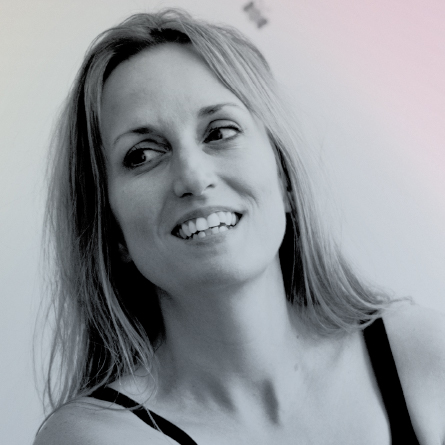
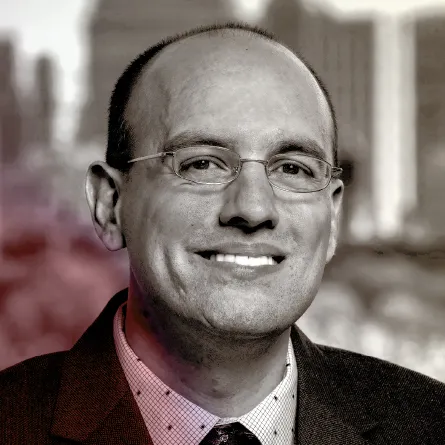
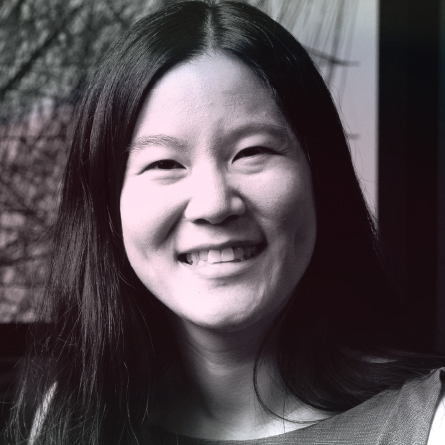
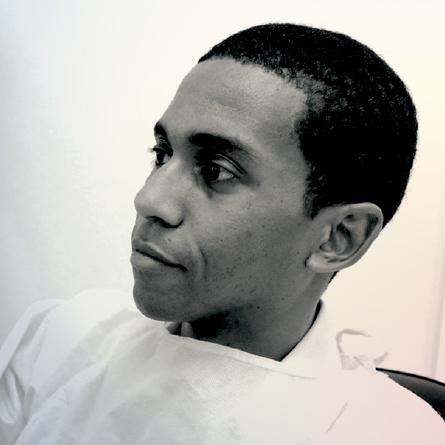

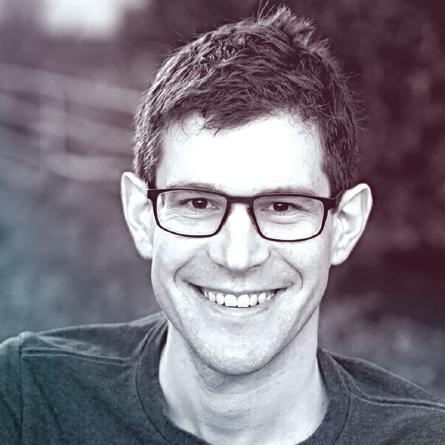
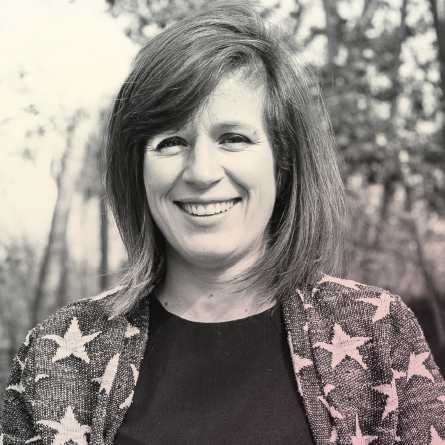

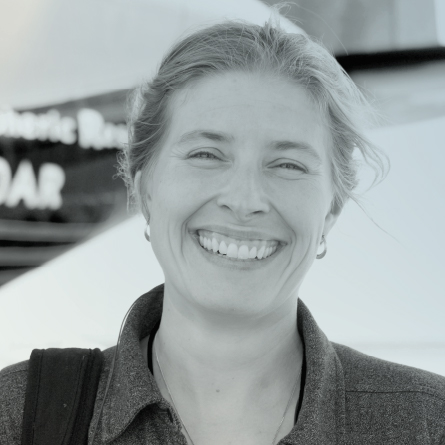
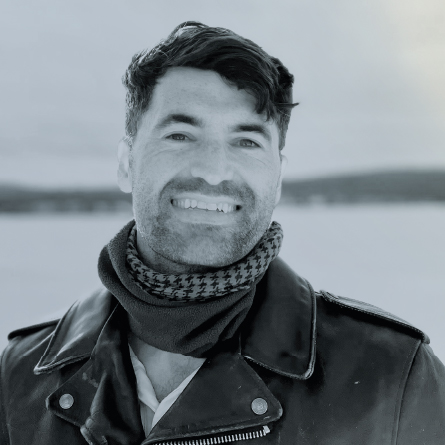
Speaking out for women in science
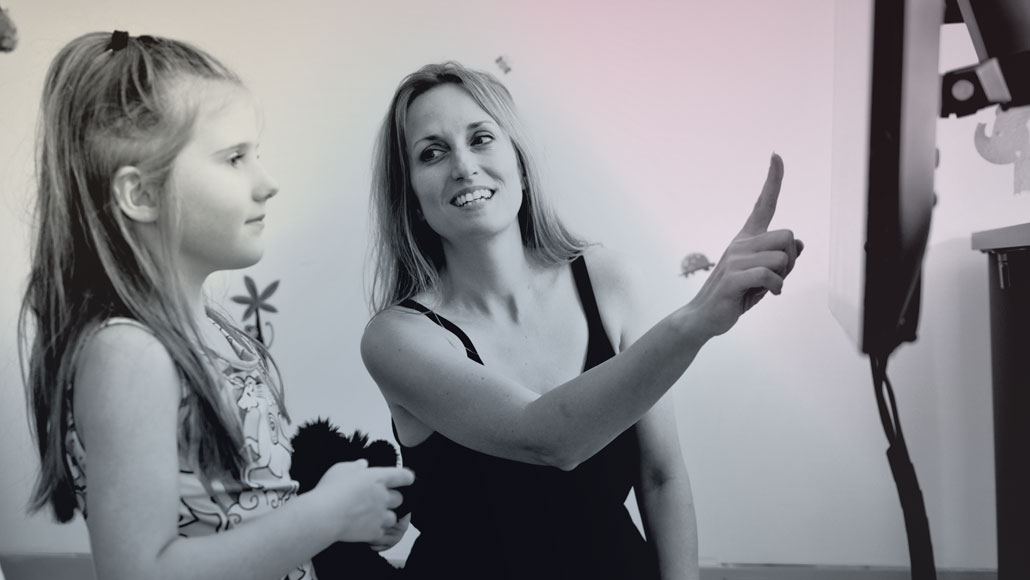
Jessica Cantlon
Cognitive neuroscientist
Carnegie Mellon University
Jessica Cantlon, featured in 2016, studies the evolution and development of complex mathematical thinking, including the traits that set humans apart from other primates. In 2017, she was recognized as a Time Person of the Year, as a “silence breaker” speaking out against sexual harassment during the height of the #MeToo movement.
What has been the most notable progress in your research since 2016?
We’ve expanded our repertoire to compare people across different cultures, who have different educational practices. We’ve been going to Bolivia to work with this group of people called the Tsimane, who live in rural parts of the Amazon forest. They don’t have the rigid, formal schooling where kids go through these particular curricula to achieve mathematical cognition. Instead, education there is more organic and more deeply connected to their way of life. That allows us to try to understand what effect does a particular type of education have on numerical thinking.
There was one study that we did, comparing species — nonhuman primates and humans — to understand the evolution of these concepts. Across all species and stages of development and cultural groups, there’s this bias that when you’re looking at a set of objects, and you’re trying to quantify it, you think about that set numerically. And you don’t have to; you can think about that set of objects spatially, as an amount of stuff, you can think about how much surface area is there, or the perimeter around it. But primates, including humans, [tend to] think about that set as a set of discrete objects, and count them up.
What is something that excites you right now in your work?
We’ve looked at the similarities and differences between boys and girls as their brains develop. We’ve done some of the first, early studies comparing children’s brains that can truly allow us to collect evidence on the trajectory of similarity between boys and girls…. We’ve shown that very early in development, between around 3 and 8 years of age, there’s evidence during mathematical processing that most of the brain — over 95 percent — shows functional similarity in that processing between boys and girls.
But as we know, much later on in development, we see a severe underrepresentation of girls in mathematics-related fields. What’s happening? There’s evidence in the field … that what happens in late childhood and adolescence is that children’s interests are shaped culturally.
What are some of the greatest challenges you’ve faced since 2016?
In 2016, [some of my colleagues at the University of Rochester and I] filed a sexual harassment complaint against a faculty member in our department who was sexually harassing women — undergraduate and graduate students and faculty. It became this situation that hijacked my career for a number of years.… We went public with our complaint, partly to protect ourselves, but also partly to let people know at other universities that this kind of thing is happening to students, and it’s affecting women’s career paths in ways that are discriminatory and unequal.
Ultimately, it was really important. Our complaint went public in September of 2017. In October 2017, the Harvey Weinstein story came out in the New York Times, and that kicked off a series of reactions that ultimately culminated in millions of people saying #MeToo, which I think was really powerful and important, and was something that we got to be a part of.
I’ve had dozens of women reach out to me for advice, about how to file a complaint at their university, how to take legal action, if that’s what they’re thinking, what the risks and benefits are. And so, part of my career now — and I’m excited by it, and I think it’s really important work — is to be an advocate for women who are experiencing discrimination and harassment at universities.
One response that we thought was really great was that the National Academies of Sciences, Engineering and Medicine did a full study on sexual harassment in the sciences…. It has a lot of ideas about what might effect larger-scale change.
— Interview by Aina Abell
From fair schools to vaccine distribution

Parag Pathak
Economist
MIT
Parag Pathak, featured in 2019, strives to make public education more equitable. He has used data and algorithms to overhaul school choice systems in Boston, New York and other U.S. cities. Now he’s applying his research to the question of how to equitably distribute vaccines and other medical resources.
What’s the most notable progress in your work since 2019?
Since we last talked, I released a paper on the effects of universal preschool. A lot of people are interested right now because [universal preschool, which is open to everyone with no income rule,] is part of the White House’s agenda. Because of the work we had done with Boston with their school choice algorithm over the years, we had some files on school admissions going back to the late 1990s. Boston was a leader nationwide in expanding slots for children in preschool. But, like many cities, there weren’t enough slots for demand, so they had to ration. And that’s where the lotteries come in.
Fast forward to now. We linked these applicant cohorts to standardized test scores and educational outcomes all the way into college. And what we found was pretty exciting: Those who won the [preschool] lottery are more likely to graduate high school, they score higher on SATs and they’re more likely to enroll in college. Boston has continued to refine and try to improve [the lottery system]. It’s a model for other cities that are expanding public preschool.
Are you pursuing any new questions or projects?
COVID-19 was this huge shock. We all were looking around for how we could be useful, using our respective toolboxes. Tayfun Sönmez, M. Utku Ünver and M. Bumin Yenmez, all of Boston College — the four of us — started to study how scarce medical resources are rationed. And it turns out, there are some parallels with the way school seats are rationed.
One of the ideas that we’ve explored is the idea of a reserve system. In cases where people can’t agree on what’s fair, who should get a vaccine first? It’s very similar to who should get into a school. And the way that [schools] have handled that is they set up more elaborate versions of priority systems. With a vaccine reserve system, you basically have a [supply] that’s reserved for cardiac communities, and one that’s reserved for frontline medical personnel, so on and so forth…. States like California and Massachusetts have used some of our ideas [for their reserve systems].
My wife [Ruma Rajbhandari] is a medical doctor, and my sister [Sapana Adhikari] is an emergency room physician. A big part of my interest in medical rationing guidelines was their having to go to the hospital in March 2020 not knowing what the risks were and not having personal protective equipment. That was something that got me really keen on this debate about frontline health care workers, do they get first priority or not?
How has the pandemic shifted how you view your work in the area of education?
I have a kindergartner who was virtual this past year. And he did an amazing job with it. I think what the pandemic has done is rip the Band-Aid off on these lingering problems in society — inequitable access to health care, inequitable access to education, inefficiencies in both of the systems — and has made them much more pronounced. That’s been the theme of our research throughout. We hope more people take these issues on, because the way COVID-19 played out was really a scarring event in terms of haves and the have-nots.
— Interview by Cassie Martin
How social stressors mark our genes
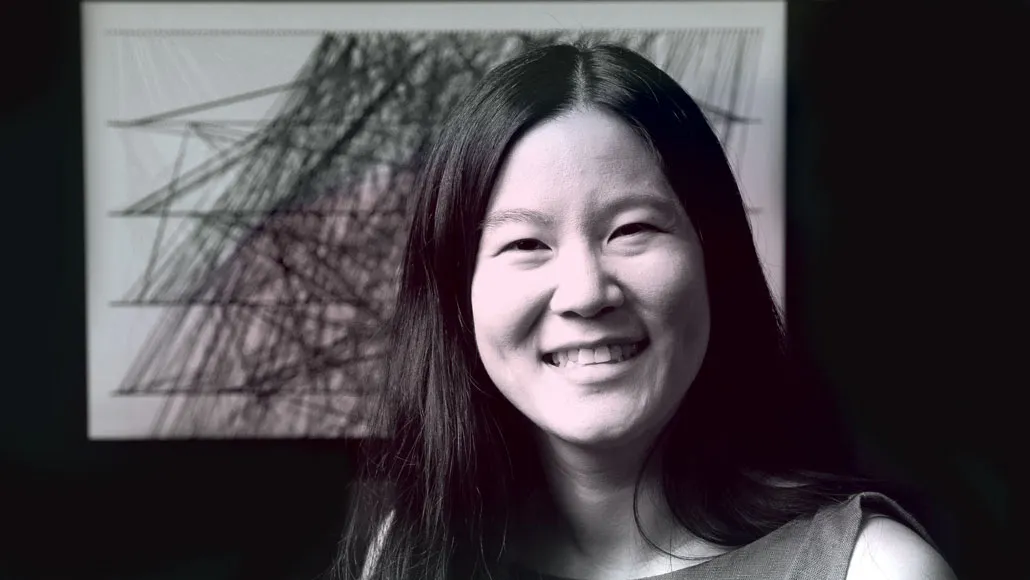
Jenny Tung
Evolutionary anthropologist
Duke University
Jenny Tung, featured in 2018, studies how social environments — including social status, relationships and isolation — influence primates’ genes and health. Her study subjects have included captive rhesus macaques and wild baboons.
What has been the most notable progress in your work since 2018?
We have built layers of complexity onto [our] initial story. A few years ago we were showing that it’s possible for social interactions to have profound effects on the function of our genome. And now we’re trying to derive a much better understanding of how and why and when, and what are the exceptions.
The other thing I’m really excited about is our ability to move away from this very powerful but very artificial system using captive primates and to ask about what’s going on in the field with wild monkeys. I’ve studied wild baboons in Kenya for many, many years. We know a lot about the social environments, the social experiences. And now with the ability to collect some simple blood samples, we’re also seeing strong signatures of things like social status and social integration, social bonds, social connectedness in the function of these animals’ genomes. That’s pretty exciting because lab studies are powerful and wonderful, but there’s always this question of, “Well, is this real in the real world?”
You were named a MacArthur Fellow in 2019. What have you been pursuing since?
It was a real honor. It has encouraged us to continue down some of these paths … and to also do some more comparative work and think about species beyond the ones that I have traditionally studied. So in the past few years, I’ve picked up work in other social mammals — wild meerkats and these very social rodents called mole rats — that have their own advantages in giving us insight into how our social world has shaped both how we came to be, our evolutionary past, and how we do day to day in our present.
I’ve been doing more work on something that’s an old love of mine: trying to understand the evolutionary consequences of intermixing between different primates. The population of baboons that I study in Kenya actually sits right at the edge of where the ranges of two different species of baboons meet. And so this population is intermixed between one species, the Anubis baboon, and this other species, the yellow baboon.… We think those patterns of intermixture influence some things about what [the animals] look like, how they behave and so on.…
We know that [humans] have also intermixed a lot with some groups that don’t even exist today, like Neandertals and Denisovans. That process of admixture that we observe right now in living primates [is] potentially relevant to understanding our species’s history.
What are some of the greatest challenges you’ve faced since 2018?
In many ways, I felt very fortunate during the pandemic; as an academic with tenure, I have a secure job. But we were also home with a 3-year-old for a long stretch. I spend usually at least a month a year in Kenya, and I have since 2006. But not in 2020. We had to figure out some way of keeping [the research] continuous without any ability to travel there. We have a permanent staff in Kenya — they are Kenyan — who are very important to us and have been working with our project in some cases for many decades, and they were having their own issues, and isolation, and risks in the face of a lot of uncertainty.
I spend a lot of time in my research life thinking about social interactions. And every species that I study … they live in groups. And humans, to a large extent, we live together. We didn’t evolve to be on our own for a long period of time. And so I spent a lot of time reading and thinking and working on, “Why when you don’t have the right sort of social connections, why does your risk of death just shoot up? What’s the consequence of chronic social stress?” One of the things that I really appreciate in a more visceral manner [now] is how important my social network is to me. I think that we’re all looking for ways to connect during the pandemic. And that’s when your personal experience and the things that you’re writing papers about and thinking about really collide.
— Interview by Aina Abell
Breaking the one test for one cancer paradigm
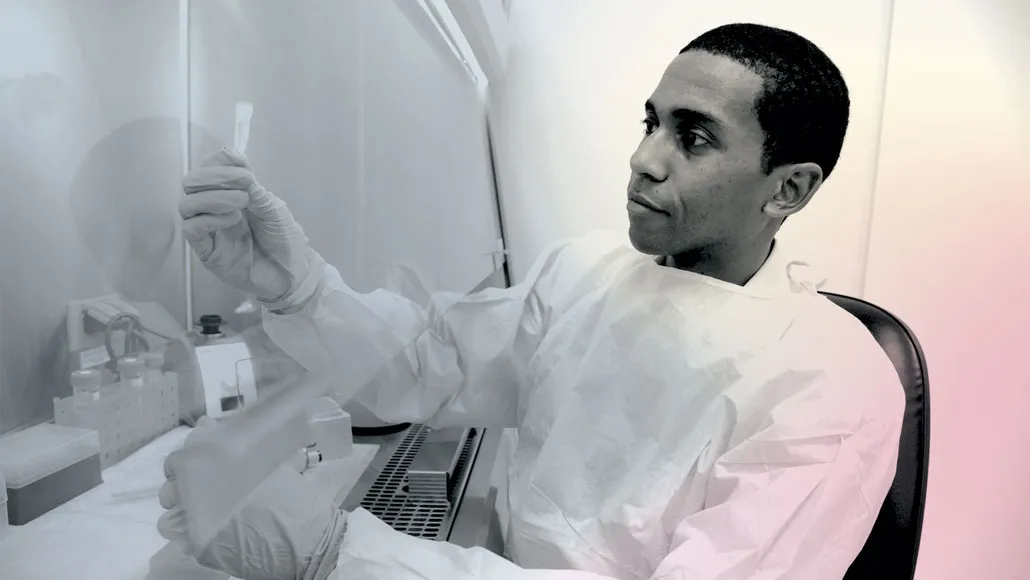
Isaac Kinde
Molecular biologist
Thrive Early Detection
Isaac Kinde, featured in 2015, is developing tests to detect cancer early, when treatment is more likely to be successful. In 2019, PapGene, a small biotech start-up where he was chief scientific officer, was acquired by Thrive, cofounded by Kinde. Just this year, it got the backing of the much larger cancer diagnostics firm Exact Sciences.
Could you tell us about Thrive and what spurred this transition?
Thrive basically acquired the predecessor company [PapGene]…. There was a lot more money, there’s a lot more expertise, but the core mission didn’t change, which is to develop cancer diagnostic products that we think will have an impact on the lives of people with cancer. We have essentially turbocharged and focused our efforts, leading with the most promising product, which is CancerSEEK.
The premise is we can reduce cancer morbidity and mortality through earlier detection. CancerSEEK is a blood test, and it is a multi-cancer test. That contrasts with the current paradigm, which is one test, one cancer.… Right now, all of our efforts are on making it commercially available.
CancerSEEK, which is still in testing, picks up on DNA mutations and proteins associated with cancer. How many cancers can it detect at this time?
There’s good evidence for detecting over 60 to 70 percent of the cancers that cause the most deaths per year. That boils down to … colon, breast, lung…. But the [full] range is bigger than those three. There’s esophageal, gastric, kidney, pancreatic. There’s data that support maybe 12 to 13 different cancers.
You published what you’ve referred to as a “landmark study” in Science last year. What did it find?
We call it a landmark study because it was the first demonstration in a prospective setting of how a multicancer blood test could be used in real time to report results to patients with cancer.
We looked at 10,000 women in the Geisinger Health system. It’s primarily women who are in Pennsylvania…. In the study, 24 [women had cancers] detected with standard-of-care screening: colonoscopy, mammography or low-dose CT scan for lung. Then there were 26 cancers in which the CancerSEEK test detected the cancer first…. Sixty-five percent of the cancers we detected were at a stage prior to stage 4. So [the addition of CancerSEEK] doubled the number of cases that were [found before symptoms were reported] — in many, many cases early enough where some effective therapies could be implemented.
And then it was also safe…. There were very few false positives, and we could very quickly resolve the false positives with whole-body PET-CT imaging. At least two patients [who first had detections from CancerSEEK] had their cancers successfully removed and are thriving as of the last time we checked.
Routine cancer screenings fell during the pandemic. Has this affected your work?
It fans the flame, right? The reason why cancer screening went down is not because there was less cancer. It was [just] more difficult for whatever reason to get the appropriate standard-of-care test.… All this did was just strengthen the case that more tools, easier tools are needed for cancer screening. And I think maybe the other feeling is just wishing we could go even faster, but balancing a commercial launch with having all the right pieces in place that will set us up for success.
— Interview by Ashley Braun
Pig organs for people move closer to reality
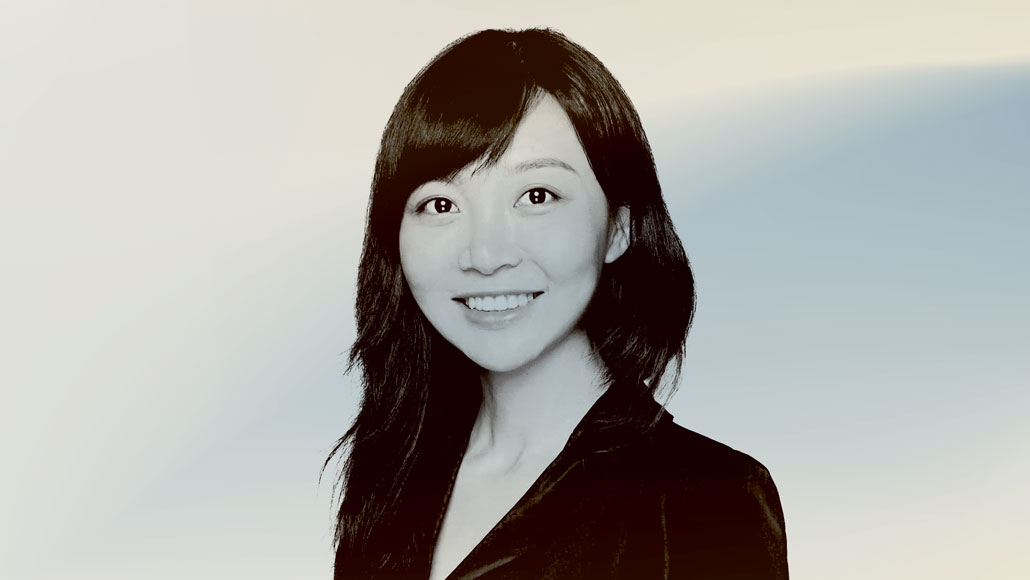
Luhan Yang
Biologist
Qihan Biotech
When featured in 2017, Luhan Yang had cofounded and was chief scientific officer of eGenesis, a biotech start-up. She is now cofounder and CEO of Qihan Biotech, based in Hangzhou, China, which aims to develop animal organs that are safe for human transplant and to make cell therapies that can treat conditions such as cancer and autoimmune diseases more widely accessible.
What is some of the most notable progress in your work since 2017?
The concept of xenotransplantation is to use animal organs as an alternative resource for human transplantation, since there is a huge unmet need for organs. There are two fundamental issues to be addressed. One is [that] there are endogenous retroviruses in the pig genome — some virus sequences — and they can jump around within the pig genome. The viruses can also jump from the pig cell to the human cell. So there is a potential cross-species transmission, which is a huge safety and regulatory concern.… The second hurdle of using pig organs for human transplant, as you can imagine, is rejection, and it is tremendous.
Those are the two fundamental problems … and that’s where we think gene editing can come into play. By 2017, our team had knocked out 62 [retrovirus copies]. Since then, there are three notable milestones: First, we have created our Pig 2.0, with 15 modifications for immunology…. Last year in Nature Biomedical Engineering, we showed that those modifications are properly expressed in the pig cell, and the resulting pig is healthy, as well as fertile, and the genetic modification can be passed to the offspring. The second part is we combined the [retrovirus] knockout and the immune rejection–related modification in a single pig. We call it Pig 3.0. So that is a prototype close to clinical trial.
The third part is the most exciting part for us: We need to test the function. [In a recent study published in the American Journal of Transplantation,] we put the pig kidney into a monkey. If it’s a normal pig kidney, it will be rejected in a few minutes. And right now the longest survival of our monkey is about one year.… The monkey experiment demonstrates the possibility of achieving long-term xenotransplantation.
What was it like to move from the lab to leading a company?
Being a leader in biotech is not all business. There are three components that are needed. The first part is to set the vision and strategy of the company. In such an innovative area, I think the scientific knowledge, the breadth of the exposure, I think that’s my strength.… The second part is to recruit, retain and train people. And the last part is some business judgment, like how to do fund-raising, how to organize a project, the accounting. I have to admit, I’m not the expert. But I think at my position, the key is to recruit the best people to do the job.… And I started to embrace that every leader has different strengths and weaknesses.
How has the pandemic influenced your company’s international collaborations?
I was hoping we could have more in-person meetings or travels, but right now, China still has the quarantine policy that makes it super inconvenient for international travel. Hopefully with the vaccine, the world will become what it was.
I feel the world is more divided compared with 10 years before. And I hope at least for medicine, we can see that our enemy is not a different country, but our enemy is cancer, is organ failure, is COVID, that we can keep and strengthen the collaboration across borders.
— Interview by Aina Abell
Seeking solutions to climate change
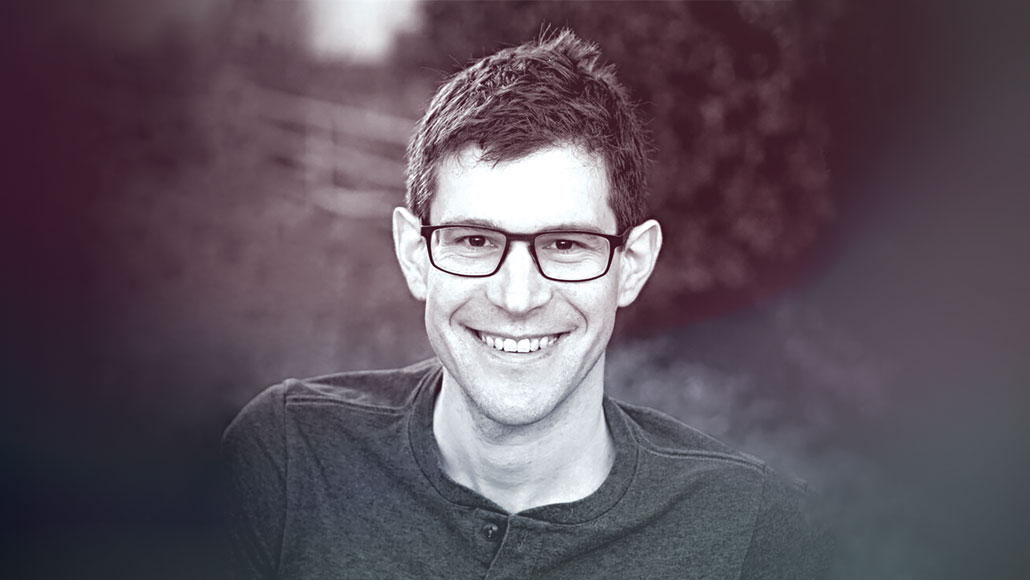
Jeremy Freeman
Scientist and designer
CarbonPlan
When he was featured in 2016, Jeremy Freeman was developing new tools and methods to help scientists better analyze brain data. Now he is executive director of CarbonPlan, a nonprofit organization that he founded in March 2020 to tackle the climate crisis through open-source data and research.
You’ve shifted gears since 2016. Tell us about it.
I moved very far from neuroscience, and I’m now exclusively working on climate change. Our focus [at CarbonPlan] is the scientific integrity and transparency of climate solutions. [We do] a combination of research on different areas of climate science and strategies for addressing climate change. We [also] produce a variety of resources and tools for both the research community and the public at large.
Despite being a radically different field, there are some interesting commonalities, in terms of the value of having very accessible, open, publicly available data that speaks to critical issues. [For climate change,] issues around both what is changing in the climate and how we might address that, in different strategies we might take. Having as much of that information be developed in the open, in a way that others can contribute to, and making work available for others to read and evaluate and criticize and engage with — those are [also] values I felt really strongly about in the world of biomedical science.
What CarbonPlan work are you most proud of right now?
We have done a lot of analysis identifying very specific ways in which the implementation of forest carbon offset programs [the planting or preservation of trees to attempt to compensate for carbon emissions] haven’t worked. We did a comprehensive analysis of the role of forest carbon offsets in California’s cap-and-trade program, which is a massive sort of market of offsets on the order of $2 billion, and we identified about $400 million worth of offset credits that in our analysis do not reflect real climate benefits because of errors in how they were calculated with respect to issues that involve fundamental problems in statistics and ecology.
That team effort, led by Grayson Badgley and Danny Cullenward, along with a lot of other work that we’ve done on the role of offsets, is really starting to change the conversation, and wake people up to the fact that these approaches to dealing with climate change haven’t been working.
What other questions are you looking at?
There’s an area known as carbon removal, which refers to any mechanisms that draw down CO2 from the atmosphere. And carbon removal is really, really complicated, because there are a lot of different ways to potentially accomplish that.… So that’s an area where we’ve been very involved, studying, analyzing, comparing. We helped write, edit and produce a book called the CDR Primer — carbon dioxide removal primer. It’s, of course, a publicly available resource.
Have recent social justice movements influenced your work?
Absolutely.… Climate change is so fundamentally an issue of equity and an issue of justice. The burdens of climate change are going to be borne by those who were not directly responsible for it, and those who in many ways have been responsible for it will be more able to avoid its impacts. And there’s a deep injustice in that.… How to think about that is an important aspect of our work.… We’re interested in finding a way to be really complementary to a lot of existing community efforts around these issues.
— Interview by Aina Abell
Astrophysicist writes about the stars for Spanish speakers
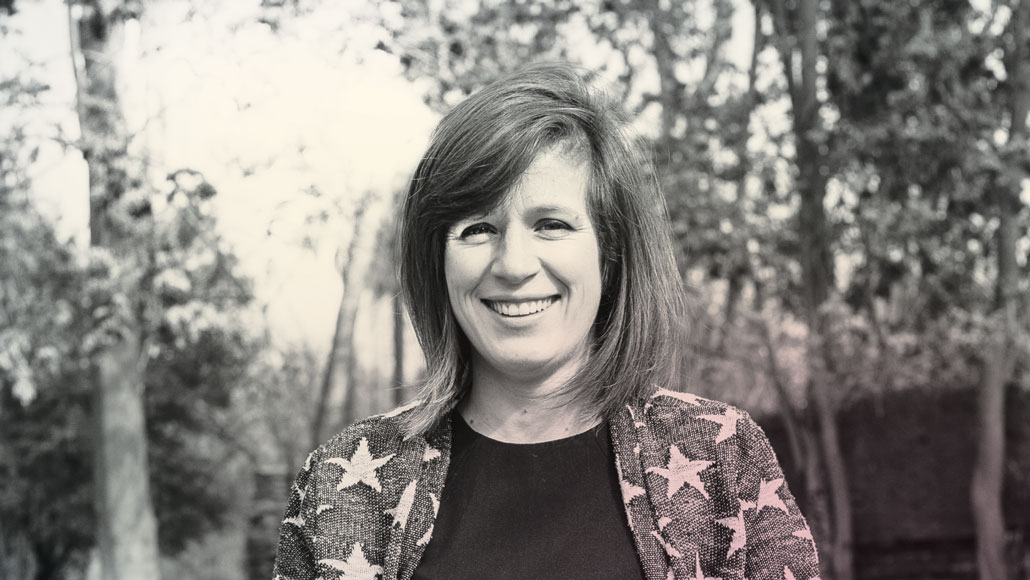
Paula Jofré
Astrophysicist
Universidad Diego Portales
Paula Jofré, featured in 2018, used the chemical composition of stars across the Milky Way like DNA to map the stars’ family tree. She recently filled in some details of the tree — and is filling a gap in the publishing world by writing a book about stars in Spanish.
What progress have you made on your stellar family tree?
In the first paper, the tree had three main branches. There was one that we could associate with a young thin disk, which is one of the populations in the Milky Way. Another was associated with an old, thick disk, which was the older component of the Milky Way. And then we had something in between…. Now, because we had more stars and more chemical elements and we made a better selection of which chemical elements to include, we could find that this strange population was actually an ancestor population of the thin disk. And one of the interpretations we had in the second paper [published in January in the Monthly Notices of the Royal Astronomical Society] was that they were produced all very quickly.
Other groups have found striking evidence of a galaxy that was merged into the Milky Way [billions of years ago]. And that [merging and mixing of gas] could have triggered what is called a star formation burst — lots of stars [forming] at the same time. So, it’s kind of exciting that we find in the tree a feature that could be attributed to a star formation burst … a few gigayears after the [merger of these two galaxies] that we know happened.
You’re also writing a popular book on stars. Can you tell me more about the book, Fósiles del cosmos: descifrando la historia de la Vía Láctea, or Fossils of the Cosmos: Deciphering the History of the Milky Way, and why you decided to write it?
It’s going to be published in November [in Chile]. It’s a book in Spanish for the public. I am teaching a class about stars in the Milky Way, a general astronomy class. And I’ve been finding that there is no proper literature in Spanish for the students.… The level is sometimes way too basic or too complex. So I wanted to write something for their level.
[The book] explains how stars create the chemical elements, what’s the role of Gaia [a satellite mission to map the galaxy], what’s the role of the Milky Way Mapper [another survey using Earth-based telescopes], about all these big surveys, why we care, what’s going on.
When I started writing it, of course, I started reading other books…. In all these general astronomy books, women are never highlighted. In my book, I have lots of quotes from 40 different women all around the world, working in my field.… I want to make the point that you can be a woman, you can be clever, you can dedicate yourself to something that is mentally challenging. You can be like any of these 40 women.
What’s the greatest challenge that you’ve faced since 2018?
The biggest challenge has been to promote hiring more women at the faculty level. Chile’s a very small country and they love new figures, young figures being highlighted by the United States. The moment I was in Science News,I became very popular [in Chile] very quickly. They needed the inspirational woman. And I kept saying, “I don’t want to be the only one. I want more women.”
I don’t know if you were aware of this collective Las Tesis; they made a dance for the social unrest that we had in Chile before the pandemic. It was a feminist movement that resonated for so many people in the world. The movement [says]: We want to be treated with respect, we want the same salary, we want the same opportunities, we want to feel safe on the streets.… But then, when you are fewer in academia, you’re not going to start jumping on the table and dancing, right? You have to argue … it’s difficult.
— Interview by Ashley Braun
A clever genetic tool tackles new troubles
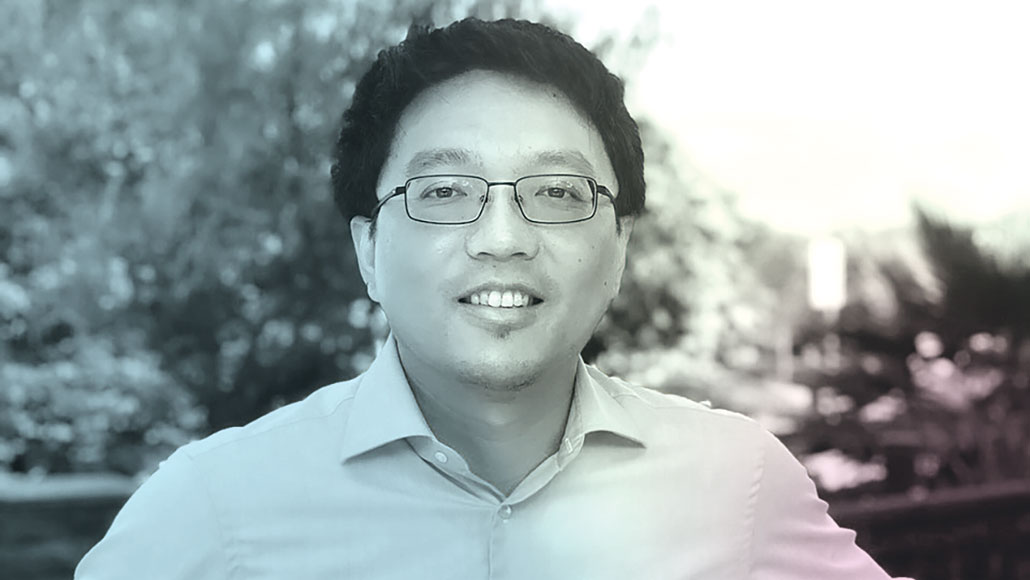
Stanley Qi
Bioengineer
Stanford University
By disabling the DNA-cutting enzyme in the CRISPR system, Stanley Qi, featured in 2019, created a new and versatile tool. Attaching a range of molecules to these “dead Cas” enzymes has yielded an entire toolbox worth of DNA and RNA manipulators.
Is the strategy of disabling Cas molecules still popular among researchers?
I feel it’s getting more popular, for a number of reasons: One, people use … this tool to study how the genome works. Two, there are some new efforts using the tool to treat some genetic diseases. And three, there are some other exciting uses of this tool to think about other diseases, other topics that we can possibly tackle.
For example, this CRISPR system came from bacteria cells, right? They were used as weapons by the bacteria to fight against invading viruses. So we said, “OK, humans also have many foes like invading viruses. Can we repurpose this CRISPR to help us fight our infectious diseases?” That was the idea before the COVID-19 pandemic. We practiced first on influenza, seasonal flu…. We adapted a type of CRISPR system that targets a specific RNA molecule, and it works pretty well. I remember it working in January [2020] when the news started reporting, “Oh, there’s a new virus, it’s an RNA virus,” and we thought immediately, “What if we use this tool on this new RNA virus?”
Instead [of using the live virus], we used synthetic biology to mimic the RNA sequence.… [And we found] we can still very rapidly cleave and destroy this RNA virus and its fragments in the human lung cells. We were really excited. Since then we’ve been working very hard to follow up on the idea, to make this as fast as possible into a possible antiviral. We called it PAC-MAN.
Can you talk a bit about how the dead Cas, or dCas, approach has been improved and adapted?
One bigger use is for treating disease like a gene therapy. However, there’s still a number of features that have not been ideal for easy use or testing in clinics.… [For patient care,] people always think about making the system very, very compact and suitable into a nanoparticle or into a viral particle, so we can deliver them with ease into the human body. So that requires a miniaturization of the CRISPR system. And we actually did some work on that…. They are like two-thirds smaller than what people use.
And second is, many of these natural proteins from bacteria don’t work very well [in human cells].… So we did some protein engineering. Following these efforts, we actually created some highly compact, yet highly efficient dCas systems that can be easily delivered into the human body to turn on or off genes.
What are the greatest challenges you’ve faced in the last couple of years?
We are bioengineers and we think our strength is in creating stuff, modifying. Now as we step into the domain of applying these tools to solve real-world problems, the challenge is how to build a bridge between where we are to where we want to go. That usually requires learning a significant amount about a disease, about a new field, and thinking creatively on how to interface two fields.
— Interview by Ashley Braun
Research on wildfire smoke hits close to home
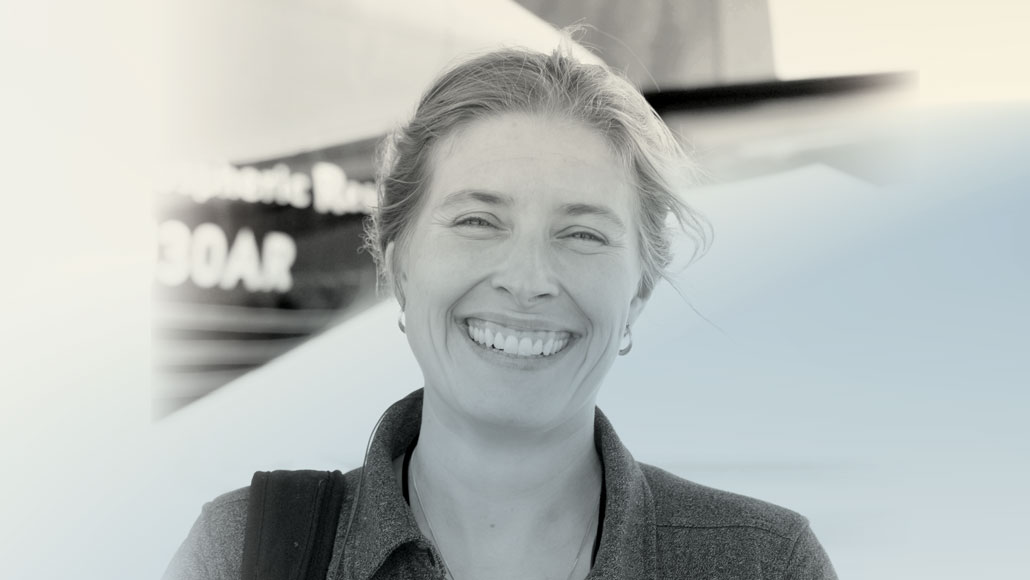
Emily Fischer
Atmospheric chemist
Colorado State University
Emily Fischer, featured in 2020, is in the midst of one of the most comprehensive analyses of wildfire smoke ever attempted. Since we last chatted with Fischer, her wildfire research and the way she talks about it have become more personal.
Have you started any projects since 2020?
We’re looking at the impact of smoke on the visible light range where photosynthesis occurs. There’s smoke blanketing the U.S. in summers now. Regardless of whether it’s at the ground, it’s somewhere in the atmosphere between the sun and the plants on the ground. In the Midwest, for example, over our corn and soybean belt, there’s smoke between a third to half of the days on average in July and August, during peak growing season. What does that mean for crops? How is that changing the light at the surface? If it’s boosting the diffuse fraction of radiation, and not decreasing the total radiation, that’s a boost to productivity.
Last year, you helped launch a national group called Science Moms. What is that?
We are a nonpartisan group of scientists who are also mothers. The goal of Science Moms is for us to speak directly [via a website, videos and events] on climate change to other mothers in ways that are accurate, digestible and also engaging. While roughly 60 percent of the U.S. population is worried about climate change, like 85 percent of moms are worried about climate change. But they don’t feel comfortable talking about it, or know how to talk to their representatives about it or even talk to their book club about it.
How have people responded to your outreach efforts?
I get all sorts of messages: “This is so different than any other climate communication that I’ve ever seen.” We’re trained as scientists to take the emotion out of things, but actually it’s very important for people to understand the feeling of climate change.
Last summer [2020], extreme fires impacted my own home. We had smoke here for multiple months, and my family ran from the Cameron Peak Fire.… For me, there was a shift from “These are the numbers, these are the graphs,” to “Oh, this is what my graphs feel like, this is what this trend feels like.”
Did your experience fleeing a wildfire shift your perspective around your science?
I’m the kind of person who studies what I see.… And so I should not have been surprised by that fire. I was out backpacking with my family, and it started one range over and my kids and I ran out, and we made it. So it was OK, but I was not sure it would be OK. When something like that happens to you, you have to respond to it. [Now] I think, when we calculate a change in something going forward, what does that mean? What are all the impacts that that could have?
Also, seeing the incident management teams working together to help people [during the fire] was very inspiring. I would say to my husband, “These teams are beautiful. They are functioning at such a high level under such hard conditions. If we could just harness this level of cooperation toward climate change action, or toward eliminating the pandemic, we [could] do anything.”
— Interview by Cassie Martin
The search for exomoons continues
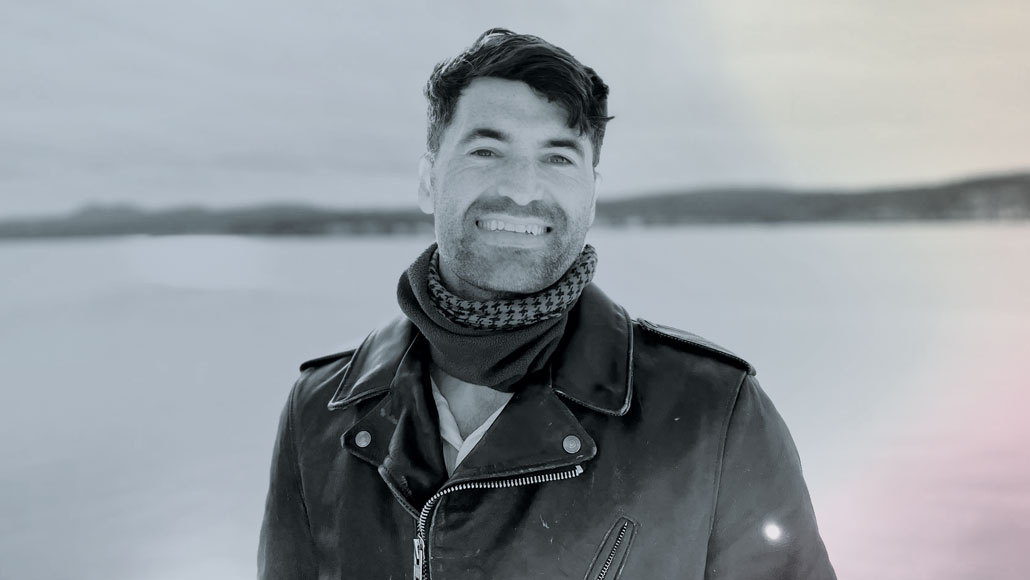
David Kipping
Astronomer
Columbia University
After being featured in 2017, David Kipping and his colleagues formally reported in Science Advances the first detection of a potential exomoon — a moon orbiting a planet outside of the solar system. Signs of the Neptune-sized moon were spotted around a Jupiter-sized planet 8,000 light-years from Earth. Kipping has been hunting for more ever since, and has also become a hit on YouTube.
Have you found any more exomoons?
Well, I can’t really talk about that. We are close to releasing the results of a new survey of the ensemble of Jupiter-like planets discovered by the Kepler space telescope. Such planets are thought to be the best hunting ground for moons, being far from the gravitational influence of their star and large enough to support potentially massive moons. Unfortunately, the results are still not quite ready.
How have other scientists reacted?
The community is naturally skeptical. That was kind of the story of exoplanets. When researchers first discovered a hot Jupiter, no one believed it. It wasn’t until they discovered about 10 of them that people started to say that, actually, maybe these are real. I don’t know how it’s going to go with any exomoon candidate. Maybe what we’ve found is genuinely bogus, but I obviously hope not. We did our due diligence, and we’re very careful with the results.
It’s maybe not surprising that the first ones we find are going to be so large, because after all, they’re going to be the easiest to detect.… Actually, less than 1 percent of sunlike stars have hot Jupiters, but they dominated all of the first exoplanet detections just because they were so easy to find. Maybe the same thing will play out here.
In 2017, you had just launched a YouTube channel called Cool Worlds. How is that outreach going?
It’s been pretty overwhelming to us, because I’d never expected to get anywhere near the number of people watching who have watched. The last video [on what’s called the red sky paradox] got 200,000 views, and the one before it got 500,000. I mean, that’s just bonkers. I get e-mails from people, really amazing e-mails, that say how much the channel and the videos mean to them. That’s really incredible.
We have lots of people actually financially supporting us now. We give them special access to the videos and early access to the papers we’re writing. We hang out with some of them once every two months on a livestream and chat about science. It’s starting to be enough that I’m funding students through donations. I have this dream that I do research, it produces cool ideas, I talk about it on my outreach channel, people get excited about it and they support us, which enables me to do more research.
What are the greatest challenges you’ve faced since 2017?
I’m still [working to earn] tenure. It’s obviously one of the most stressful periods of your career because you don’t have that safety net yet that some young tenured colleagues enjoy. At the same time, you’re trying to raise a family and make sure you see your kids growing up. You don’t want to be a ghost at home. And so that’s been tricky, but [the pandemic] enabled me to spend a lot more time at home with the family.
— Interview by Cassie Martin







